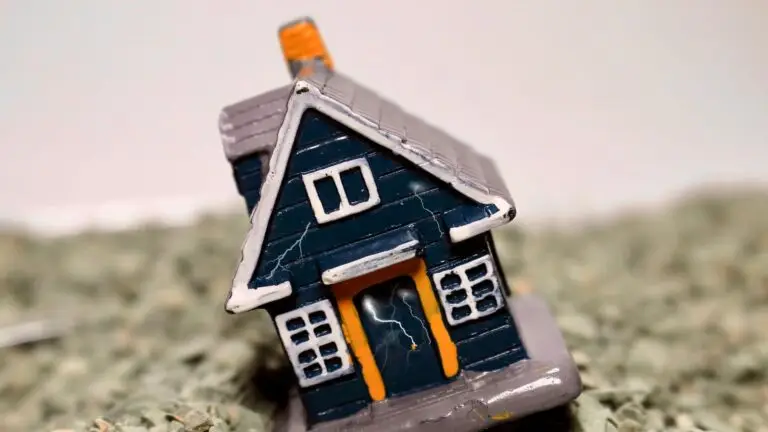In regions prone to seismic activity, construction projects must prioritize seismic safety to protect both lives and property. Earthquakes can strike with little warning, making it imperative to design and build structures that can withstand the forces unleashed by these natural events. In this comprehensive guide, we will delve into the world of seismic safety in construction, exploring the measures of preparedness and prevention that are vital in earthquake-prone areas.
To view AH Construction’s projects click HERE
Understanding Seismic Activity: The Foundation
Seismic safety begins with a thorough understanding of earthquakes and their potential impact on construction projects.
1. The Earthquake Challenge: Grasping the Power
- Earthquakes are the result of the Earth’s tectonic plates shifting. They release energy that travels as seismic waves, causing ground shaking. Understanding the magnitude and frequency of earthquakes in a region is the first step in seismic preparedness.
2. Building in Seismic Zones: Identifying Risk
- Identifying the seismic zone where a construction project is located is crucial. Different zones have varying levels of earthquake risk, and building codes are tailored to these zones to ensure adequate seismic safety measures.
3. Seismic Hazard Assessment: Evaluating Risk
- Seismic hazard assessments provide critical data on ground shaking, fault lines, and potential earthquake scenarios. This information informs the design and construction of buildings in high-risk areas.
Designing for Seismic Safety: The Blueprint
Seismic safety is a product of thoughtful engineering and design strategies that mitigate earthquake damage.
1. Seismic-Resistant Building Design: Engineering Excellence
- Engineers use seismic-resistant design principles to ensure that structures can absorb and dissipate seismic energy. Techniques such as base isolation, damping systems, and flexible materials enhance a building’s ability to withstand ground motion.
2. Reinforced Structures: Strengthening Foundations
- Reinforcement, through methods like adding steel frames or shear walls, increases a building’s ability to withstand lateral forces during an earthquake. It prevents structural failure and collapse.
3. Retrofitting Existing Buildings: Upgrading for Safety
- Older buildings that do not meet modern seismic codes can be retrofitted to enhance their earthquake resistance. Retrofitting may involve strengthening foundations, adding bracing, or applying exterior reinforcements.
4. Foundation and Anchoring: Securing Stability
- Proper foundation design and anchoring systems are critical in preventing structural movement or overturning during an earthquake. Foundation engineering techniques ensure that structures remain stable.
Construction Practices and Materials: Executing the Vision
Seismic safety isn’t solely about design; it also involves construction practices and materials that reinforce the integrity of a building.
1. Quality Materials: The Building Blocks
- Using high-quality construction materials that meet seismic standards is essential. Reinforced concrete, steel, and specialized connectors play a pivotal role in earthquake-resistant construction.
2. Strict Quality Control: Ensuring Precision
- Rigorous quality control during construction ensures that materials are used correctly, and structural elements are built to the specified seismic standards. Inspections and testing are integral to this process.
3. Education and Training: Skilled Workforce
- Equipping construction teams with the knowledge and skills needed for seismic construction is vital. Training ensures that workers understand seismic safety protocols and execute them correctly.
Fortifying Against Earthquakes
In regions susceptible to earthquakes, seismic safety in construction is not an option; it’s a necessity. The steps outlined in this guide, from understanding seismic hazards to implementing seismic-resistant design and construction practices, are crucial for ensuring that structures can withstand the destructive forces of earthquakes. Through diligent preparation and prevention, construction professionals can build not just buildings but also resilience, safeguarding lives and property against the unpredictable power of seismic events.
To view AH Construction’s projects click HERE




